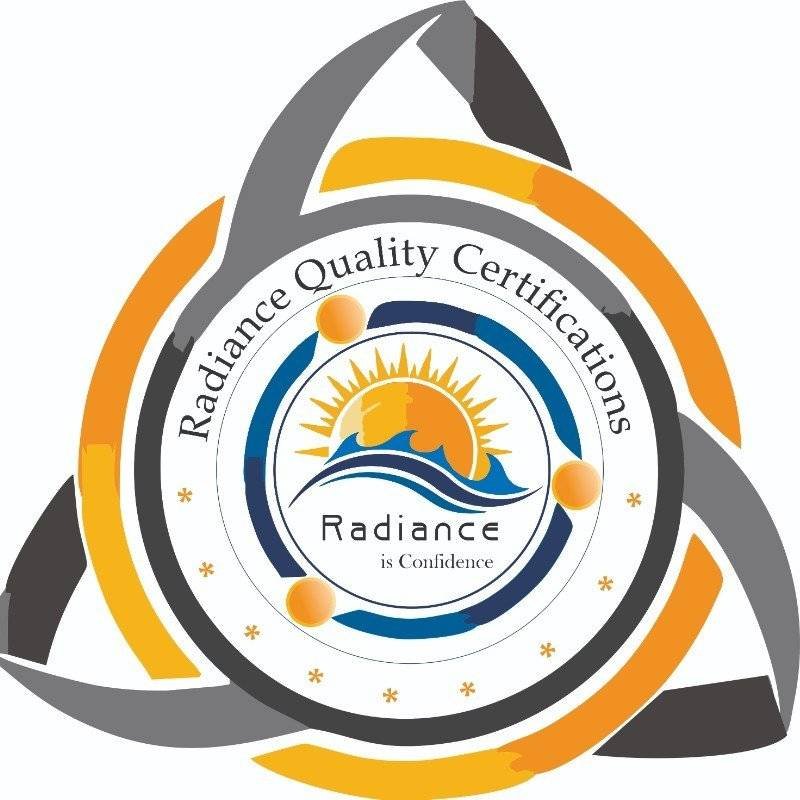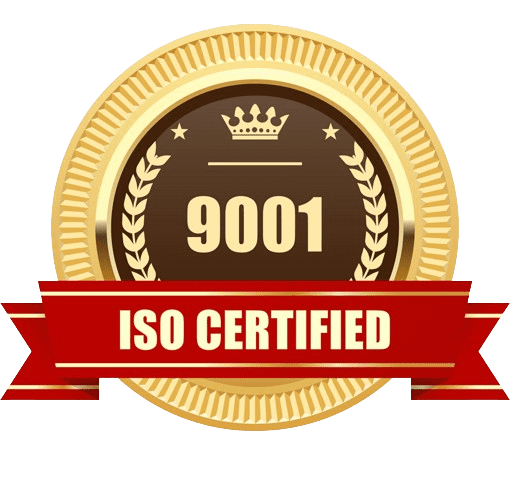Avoid These 7 Mistakes to Maximize Your Website Conversion

A high-converting website isn’t just a digital storefront; it’s a dynamic sales engine, a 24/7 marketing team, and a data source for invaluable customer insights. The conversion rate, the percentage of users who perform a desired action on your site, is a critical metric for the success of your online business. Even a small percentage point increase in your site’s conversion rate can translate into significant revenue growth. To ensure your website is operating at peak performance, it’s crucial to avoid common mistakes that can hamper your conversion rates.
In this guide, we’ll walk through seven frequent website errors that businesses often make, leading to lost leads, abandoned carts, and missed opportunities. We’ll equip you with practical strategies to address these issues and enhance the effectiveness of your website in driving the results you want. We will also go through how the website development company TurnOnWeb can help with your website.
Mistake #1 - Poor Page Speed
– The Impact of a Slow Site
Website visitors are increasingly impatient. Studies show that even a one-second delay in page load time can lead to a 7% reduction in conversions. Slow site speed not only frustrates your potential customers but also impacts your search engine rankings, as Google considers site speed as a ranking factor.
– Solutions to Improve Load Times
- Image Optimization: High-resolution images can substantially slow down your site. Use image compression tools to reduce file sizes without sacrificing quality.
- Code Minification: Bloated CSS and JavaScript files can add unnecessary bulk to your website. Minify your code to streamline site performance.
- Caching: By storing a “snapshot” of your website, caching decreases the need for requests to your server, leading to faster load times. Caching plugins are widely available for different Content Management Systems (CMS).
Mistake #2 - Weak Calls-to-Action
- Importance of Strong CTAs
Your call-to-action (CTA) is the gateway to conversions. A weak or unclear CTA can leave visitors unsure of what to do next, resulting in missed opportunities.
- Crafting Effective CTAs
- Clarity: Your CTA should use clear and direct language. For example, “Shop Now,” “Start Your Free Trial,” or “Learn More.”
- Contrast: Use colors that stand out against the background to draw attention to your CTA.
- Action-Oriented: Begin your CTA with a strong action verb to prompt users to act.
Mistake #3 - Confusing Navigation
- The Impact of Site Structure
Navigating a website should be intuitive. If your visitors struggle to find what they’re looking for, they will likely leave your site.
- How to Improve Navigation
- Simplicity: Simplify your menu options. Use broad categories to house your content and guide users to more specific pages.
- Consistency: Keep navigation elements in the same location throughout your site.
- Usability Testing: Regularly conduct tests with real users to identify and address navigation issues.
Mistake #4 - Poor Mobile Experience
- The Shift to Mobile
More than half of online traffic comes from mobile devices. If your site isn’t optimized for mobile, you’re alienating a significant portion of your potential customers.
- Mobile Optimization Checklist
Load Speed: Check your site’s speed on mobile and address any specific issues that could be causing delays.
Responsive Design: Ensure your site’s design adjusts to fit various screen sizes, providing a seamless experience for mobile users.
Mobile-Friendly Elements: Verify that all elements – from fonts to forms and CTAs – work effectively on mobile.
- Contact Info and Physical Address
Show that your business is real and approachable by prominently displaying your contact information and physical address.
- The Power of Personalization
Personalized content resonates with visitors and makes them feel understood. Studies show that personalized CTAs perform 202% better than generic calls-to-action.
- How to Implement Content Personalization
- Segmentation: Use data to segment your audience into different categories. Personalize content based on these segments.
- Recommendations: Show recommended products or content based on the visitor’s past behavior or interests.
- Dynamic Content: Incorporate dynamic elements on your site, such as personalized greetings or location-specific information.
Mistake #6 - Weak Value Proposition
- Defining Your Value
Your value proposition communicates how your product or service solves your customers’ problems or improves their situation. If it’s unclear, you risk losing potential sales to competitors with a stronger proposition.
- Crafting a Compelling Value Proposition
- Problem-Solution Format: Clearly articulate the problem you solve and how you solve it.
- Benefits over Features: Focus on the benefits your customers will receive rather than just listing product features.
- Unique Selling Proposition (USP): What sets you apart? Make sure to highlight what makes your offering different.
Mistake #7 - Lack of Trust Signals
- Building Visitor Trust
Trust is a crucial factor in the purchasing decision. If your website fails to build trust, visitors are unlikely to convert.
- Trust Signal Implementation
- Testimonials and Reviews: Showcase social proof in the form of positive customer experiences.
- Security Badges: Display SSL certificates and other security assurances prominently on your site.
- Clear Policies: Make important business policies, such as shipping and return policies, easily accessible to visitors.
Conclusion
By addressing these common website mistakes, you can create a more effective platform that not only attracts visitors but also persuades them to take action. Remember, a website is a dynamic, living asset that requires regular maintenance, testing, and improvement. Keep optimizing and testing to maximize your conversion rate potential.
Now that you’re equipped with strategies to enhance your website’s conversion, continue the growth by not just avoiding mistakes, but seeking opportunities to excel. Engage with your audience, stay current with design and usability trends, and always look for ways to improve. Your online presence is a reflection of your brand, and creating a seamless and enjoyable experience for visitors will undoubtedly lead to better conversion rates and business success. You can also contact the website development company TurnOnWeb to help you achieve your desired result.
People Also Ask
1. How can I monitor my website’s speed and performance?
There are several tools available to monitor your website’s speed and performance. Google’s PageSpeed Insights, GTmetrix, and Pingdom are popular options that provide detailed reports and actionable insights to improve site performance.
2. What are some examples of strong value propositions for e-commerce businesses?
Strong value propositions for e-commerce businesses include offering unique, high-quality products, providing exceptional customer service, and ensuring a seamless shopping experience. For example, “The only e-bike with patented safety technology that’s designed to impress” appeals to consumers looking for both safety and style in an e-bike.
3. Why is it important to test and optimize my website continuously?
The online landscape is constantly evolving, and user behavior and expectations change over time. Continuous testing and optimization ensure that your website remains relevant, user-friendly, and aligned with the current best practices, ultimately helping to maintain a high conversion rate.
4. What are the essential elements of a high-converting landing page?
A high-converting landing page should have a clear and compelling headline, a persuasive value proposition, a strong CTA, relevant visuals, and social proof. It should be designed with the user’s end goal in mind, whether it’s making a purchase, signing up for a service, or downloading a resource.
5. How can I effectively use data to personalize my website’s content?
Start by collecting meaningful data on your website visitors, such as their browsing history, past purchases, or demographic information. Use this data to segment your audience and tailor content, recommendations, and offers that are relevant to each group. Employ dynamic content that changes based on the user, and be transparent about data usage and personalization efforts to build trust.
- QUICK LINKS
TurnOnWeb Solutions - Zoho's Partner
- QUICK LINKES
- SERVICES




